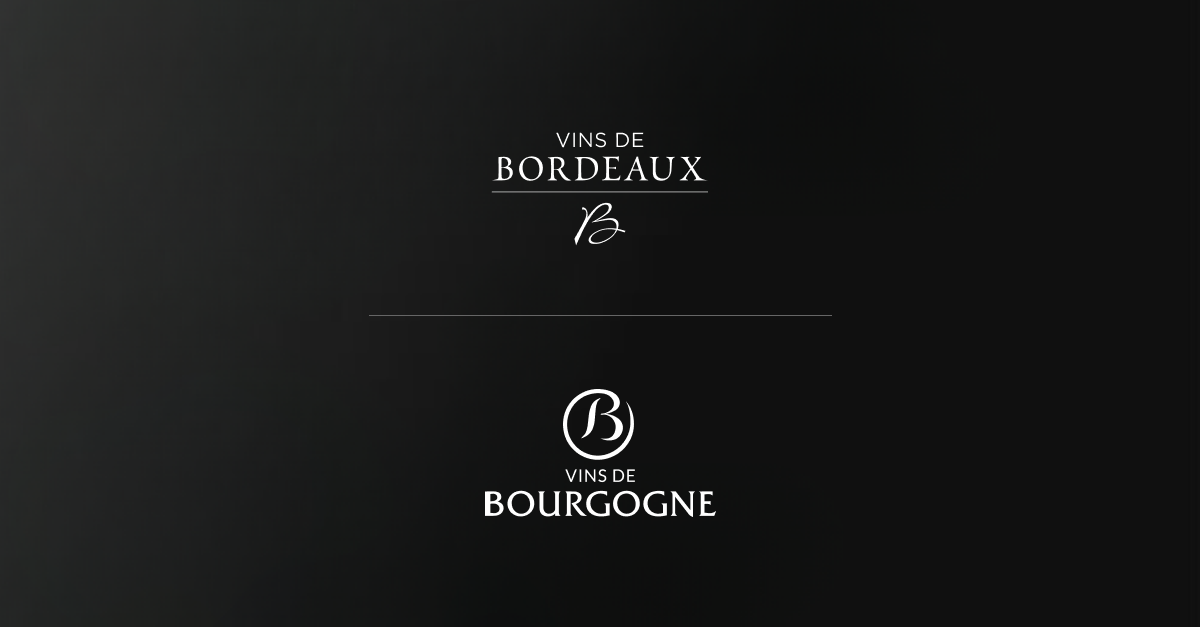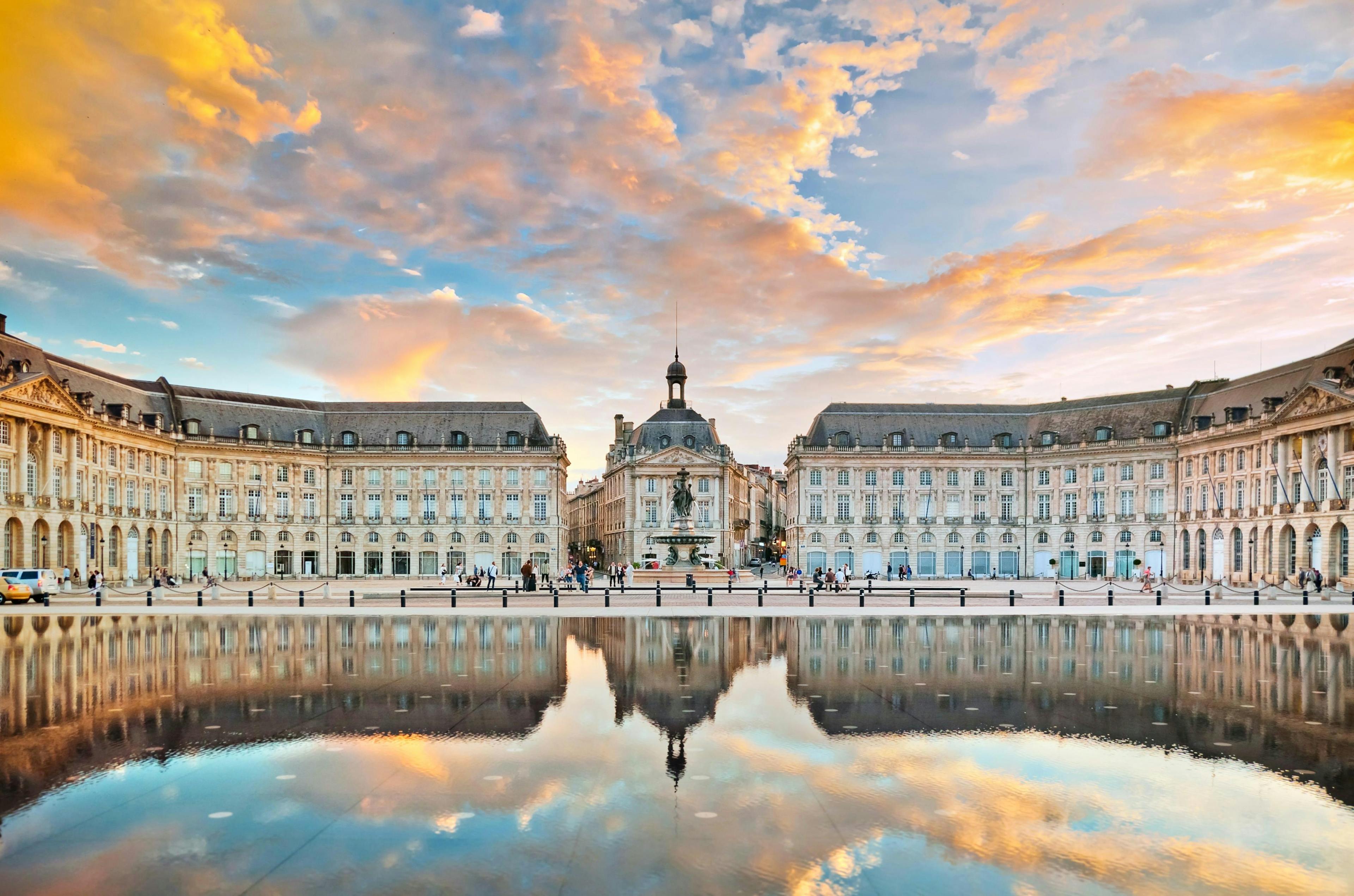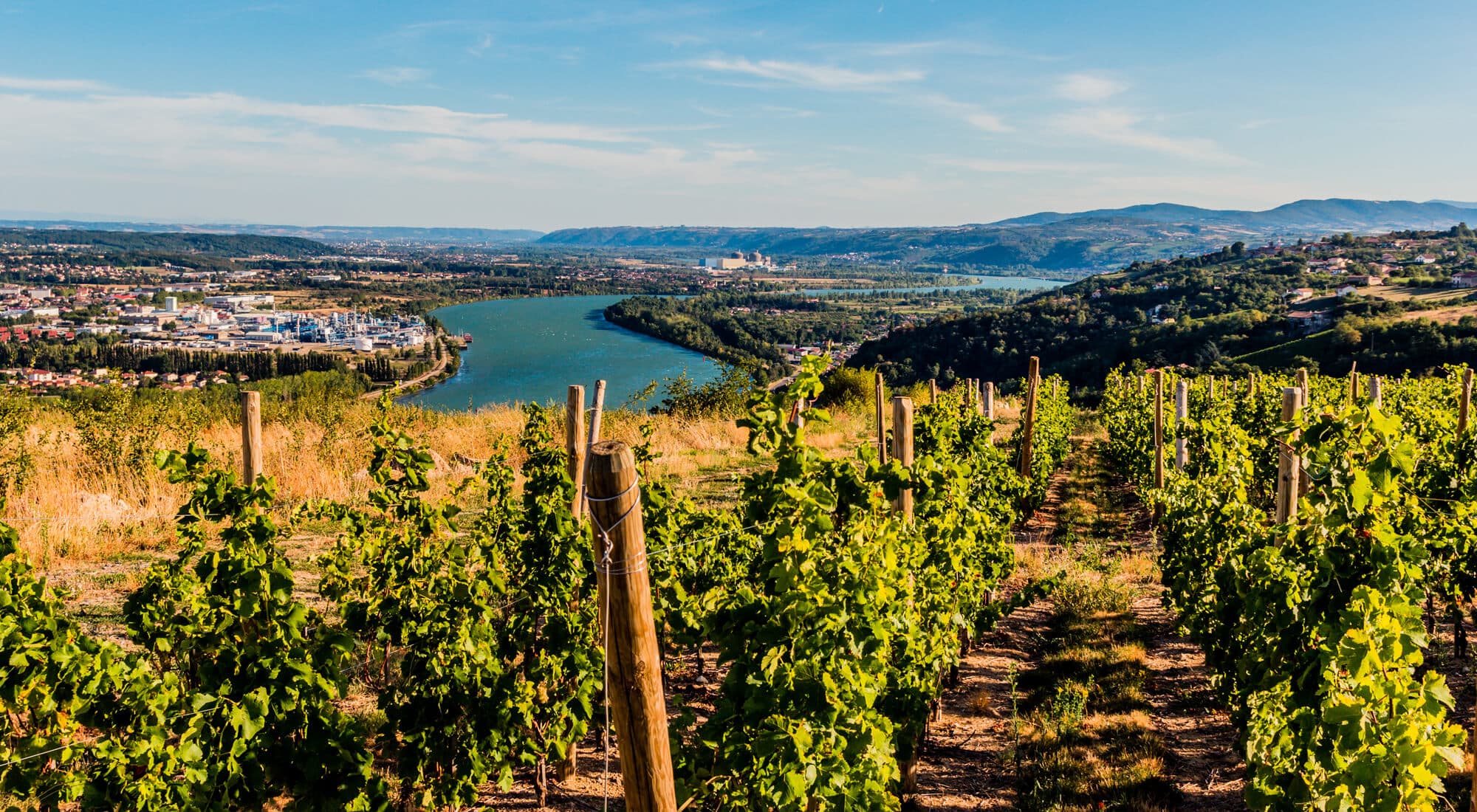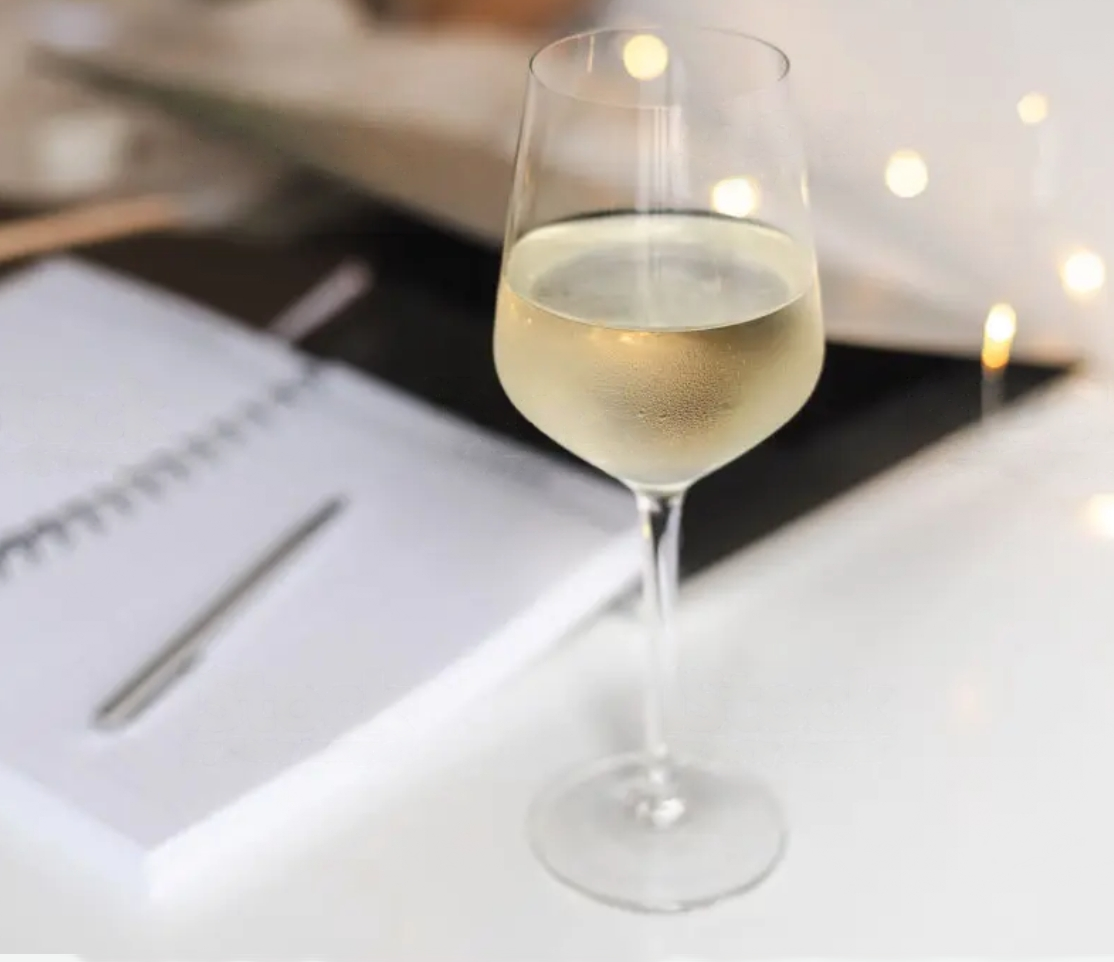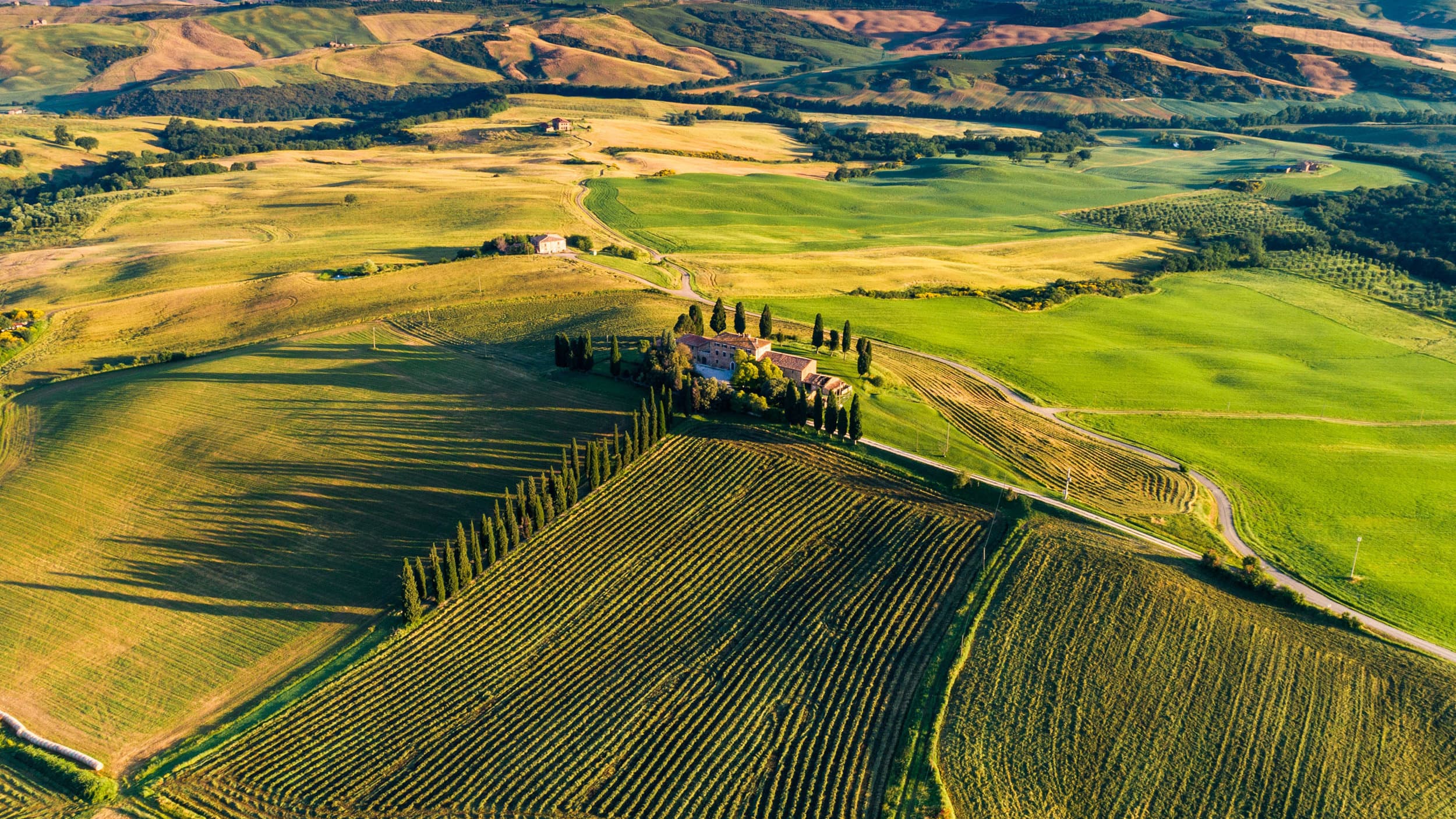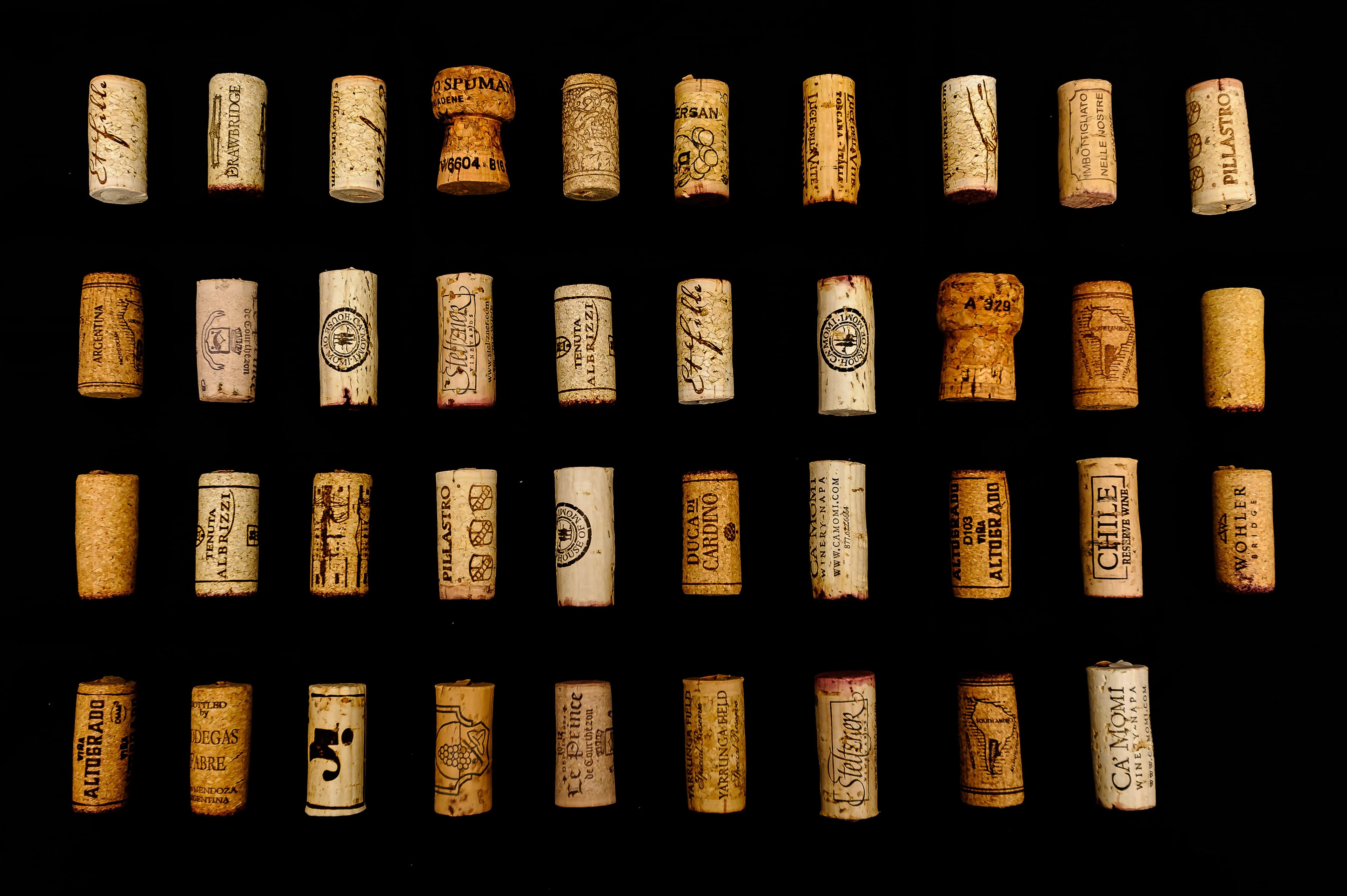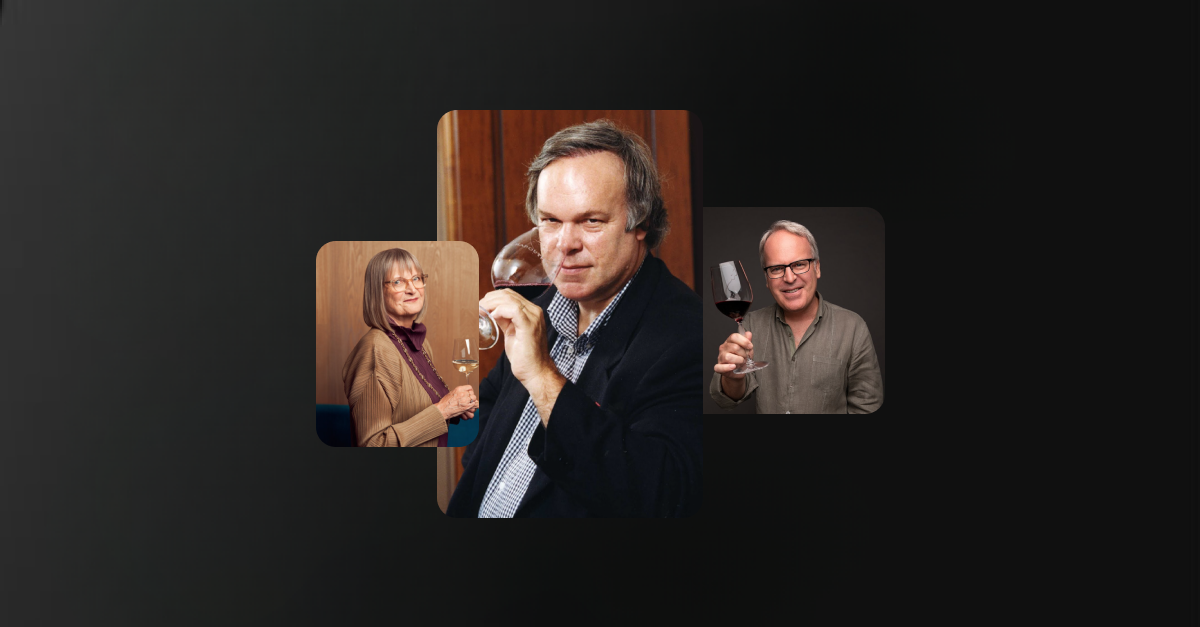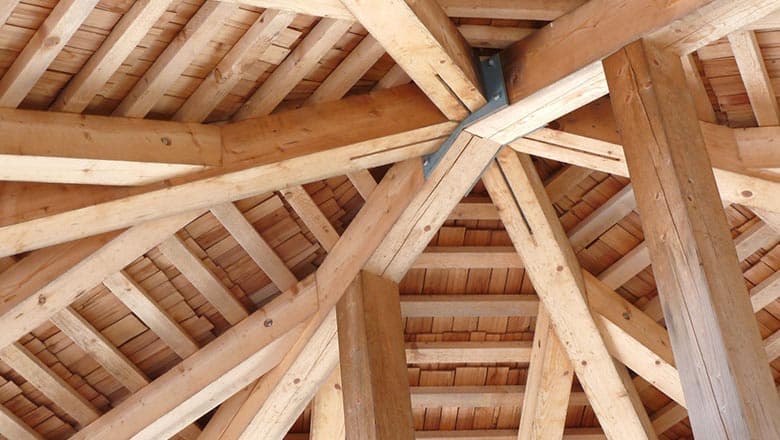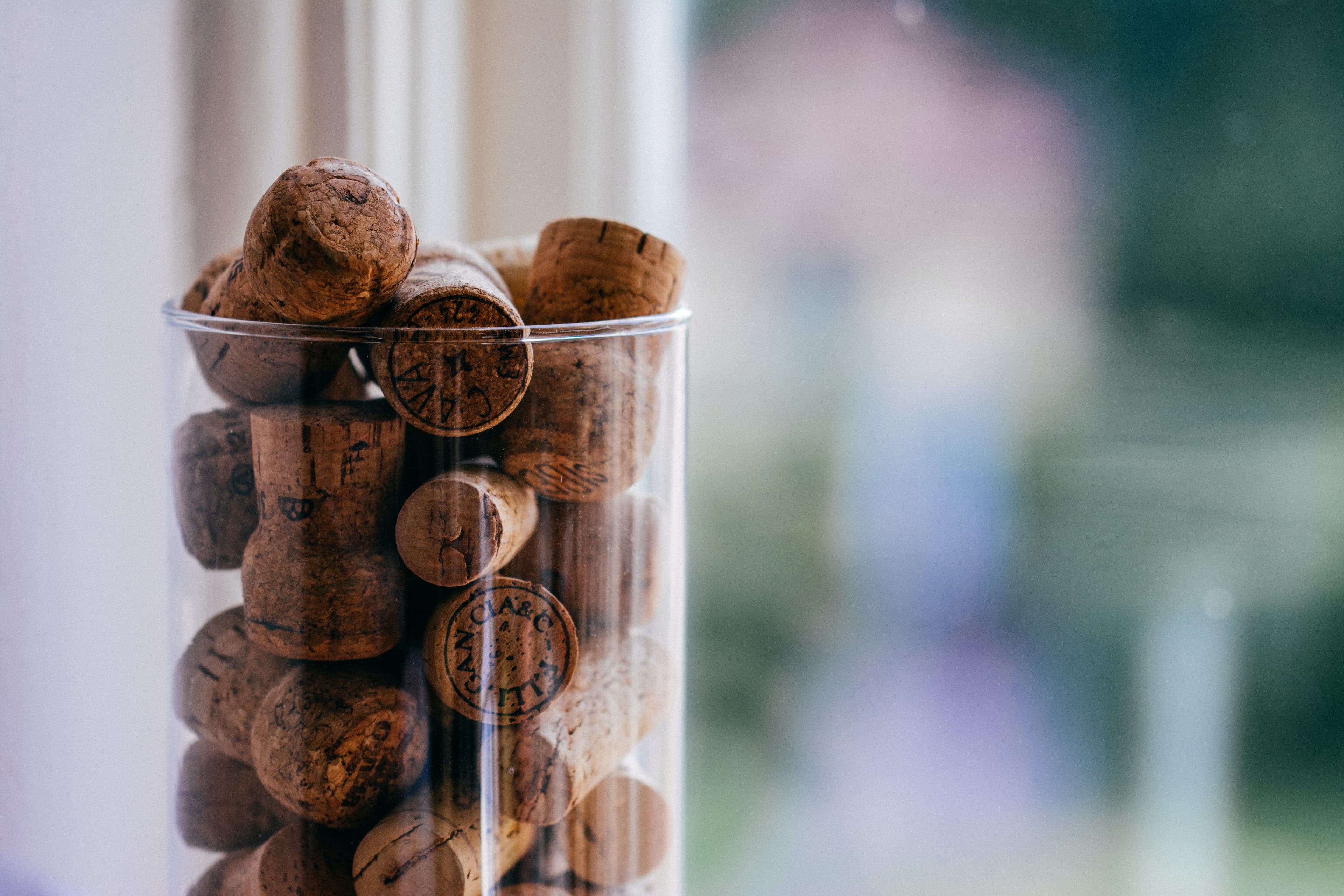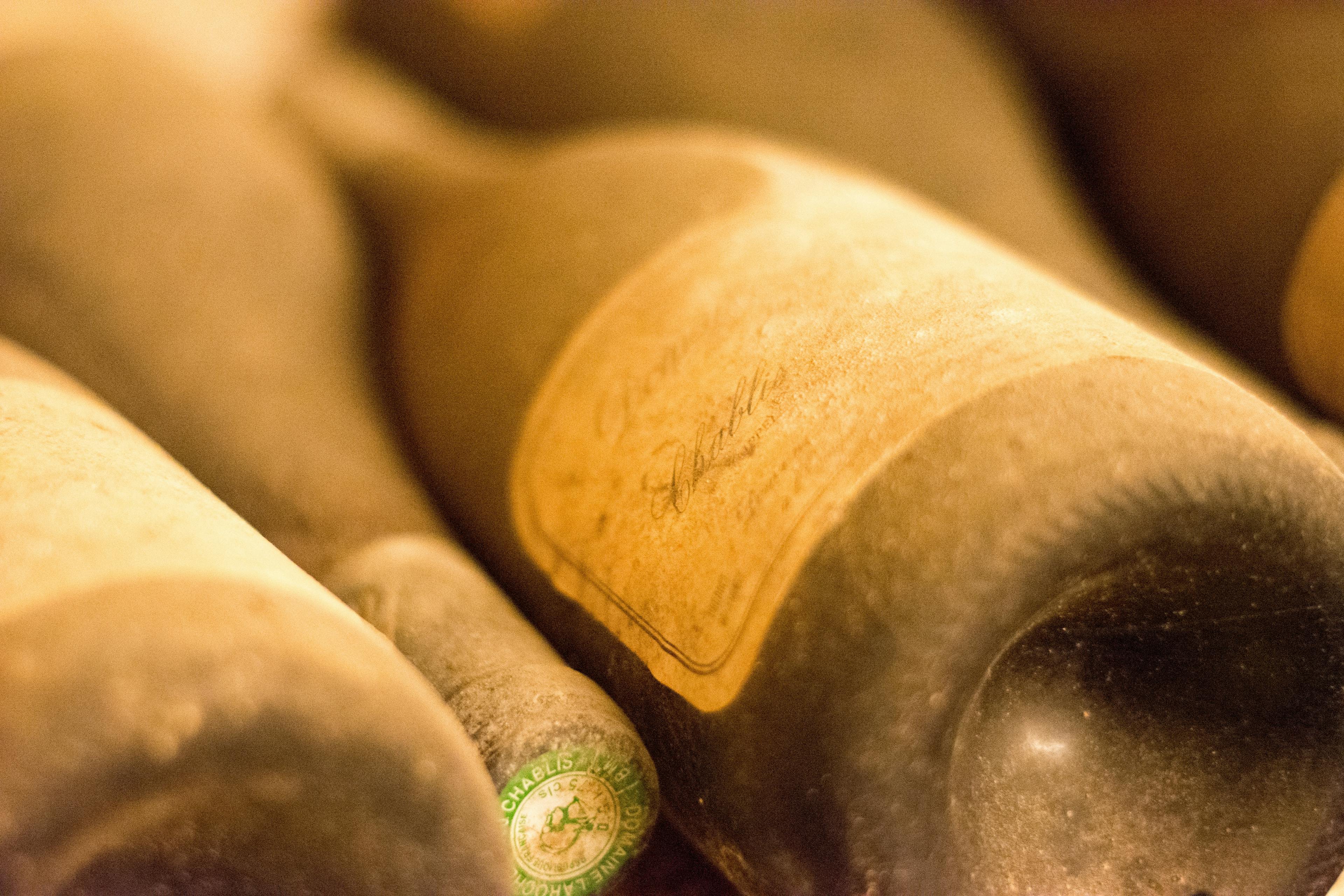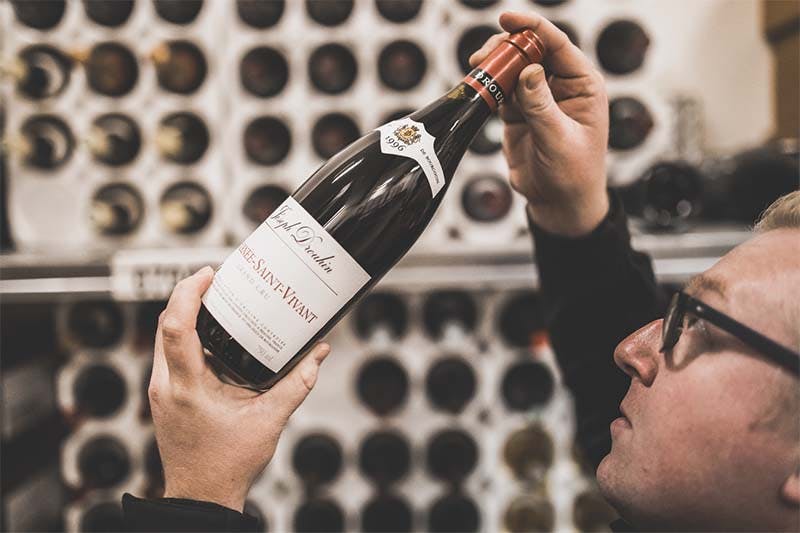What is the History Behind Château Beychevelle?
12 min read
Head of Content

Discover the intriguing history of Château Beychevelle, a prestigious wine estate nestled in the Bordeaux region of France. Known for its exquisite wines and remarkable heritage, Château Beychevelle stands as a testament to the deep-rooted traditions of winemaking that have been passed down through generations. This article delves into the origins, architectural evolution, and the notable figures associated with the estate, providing a comprehensive overview of its historical significance and enduring legacy in the world of fine wines.
The Origins of Château Beychevelle: From the Middle Ages to Today
The origins of Château Beychevelle trace back to the Middle Ages, a period marked by feudal battles and the rise of vineyard estates in the Bordeaux region of France. Initially, the property was part of a larger feudal domain, owned by powerful lords who played significant roles in local governance and the wine trade. By the 17th century, the estate had come into the possession of the Duke of Epernon, a prominent figure in the French court. Legend has it that ships passing by his estate would lower their sails as a sign of respect, which is reflected in the château's name, meaning "lower the sails."
Over the centuries, Château Beychevelle has undergone numerous transformations, both architecturally and in its vineyard practices. The château was rebuilt in the Renaissance style during the 18th century, enhancing its aesthetic appeal and solidifying its status as a symbol of prestige and elegance in the region.
17th Century: Introduction of innovative wine production techniques.
18th Century: Architectural redesign to Renaissance style.
19th Century: Expansion of vineyards and modernization of agricultural practices.
Today, Château Beychevelle stands as a testament to the rich history and continuous evolution of wine-making excellence. For those looking to serve this exquisite wine, understanding its storied past adds an extra layer of appreciation.
Key Historical Figures in the Development of Château Beychevelle
Château Beychevelle, a renowned winery in Bordeaux, France, has been shaped significantly by various historical figures. Among them, Bishop François de Foix-Candale, who initiated the vineyard in the 16th century, stands out. His vision for quality viticulture set the foundation for the chateau's prestigious reputation. Later, in the 17th century, Duke Jean-Louis de Nogaret de La Valette, a prominent military commander under King Henry IV, expanded the estate, enhancing its architectural elegance and vineyard area.
Another pivotal figure was Pierre-François Guestier, who in the 19th century, implemented innovative winemaking techniques that propelled the chateau to new heights. His partnership with the estate ensured that the wines of Beychevelle gained international acclaim. Admirably, each of these individuals contributed uniquely to the chateau’s legacy, intertwining their distinct visions and expertise to craft a winery that not only produces exquisite wines but also offers ideal food pairings.
Bishop François de Foix-Candale established the initial vineyard.
Duke Jean-Louis de Nogaret de La Valette expanded both the estate's size and its grandeur.
Pierre-François Guestier introduced advanced winemaking techniques.
The Role of Château Beychevelle in French Wine Legislation
Château Beychevelle has played a significant role in shaping French wine legislation, particularly during the 17th century when wine laws were becoming more defined. This prestigious estate, located in the Saint-Julien appellation of Bordeaux, was influential in the development of quality standards that are still respected today. Its impact is evident in several key legislative measures that helped define the characteristics of premium Bordeaux wines.
Quality Control Initiatives: Château Beychevelle was among the first to implement strict vineyard and winery practices that ensured higher quality wine production. These practices eventually influenced regional regulations.
Appellation System Influence: The estate's commitment to maintaining a high standard of wine production supported the establishment of the appellation system in France. This system controls the geographical labeling of wines, which helps in maintaining the unique identity of wine regions.
Export Regulations: By setting a precedent for quality and consistency, Château Beychevelle contributed to the formulation of export regulations that protected the reputation of French wines abroad.
These contributions not only elevated the taste and quality of their own wines but also set a benchmark that helped in sculpting the framework of French wine legislation.
Architectural Evolution of the Château Through the Centuries
The architectural evolution of Château Beychevelle reflects a rich tapestry of historical influences and stylistic changes. Initially constructed in the 17th century, the château was designed in the classical French style, characterized by symmetrical structures and elaborate ornamentation. Over the centuries, it underwent several renovations that introduced new elements while preserving its original elegance.
During the 18th century, significant modifications added baroque features, such as intricate sculptures and expansive gardens, which enhanced the estate's grandeur. The 19th century saw the incorporation of neo-Gothic details, including pointed arches and ribbed vaults, which marked a departure from earlier designs.
In the 20th century, the château embraced modernist influences, simplifying some of its decorative complexities to focus on functionality and comfort. This period also emphasized the preservation of historical elements, ensuring that the château's heritage was maintained amidst contemporary updates.
Today, Château Beychevelle stands as a testament to architectural adaptation and stylistic diversity. Its characteristics are not only a reflection of changing tastes but also a narrative of its enduring legacy in the Bordeaux region.
Château Beychevelle During the Wars: A Story of Survival
Château Beychevelle, a renowned winery in Bordeaux, France, has a storied past that includes remarkable resilience during various wars. This grand estate, often referred to as the "Versailles of the Médoc," faced numerous challenges, especially during the tumultuous times of the French Revolution and World War II.
French Revolution: As the revolution swept through France, many noble estates were seized or destroyed. Château Beychevelle, however, managed to survive largely due to its strategic importance and the ingenuity of its caretakers. They cleverly hid valuable assets and maintained a low profile, which helped preserve the vineyard through the chaos.
World War II: During the German occupation, the château was at risk of being commandeered as a military headquarters. The caretakers devised a plan to store wine in concealed cellars and collaborated discreetly with the local resistance. This not only protected the estate's valuable wine stock but also contributed to the Allied efforts by providing a secret meeting spot.
These episodes highlight the resilience and strategic acumen of Château Beychevelle's stewards, ensuring the survival and continuity of its wine legacy through perilous times.
Restoration and Modernization Efforts Over the Years
Château Beychevelle, a storied winery in the Bordeaux region, has undergone significant restoration and modernization efforts to maintain its prestigious reputation and infrastructure. These initiatives have been crucial in preserving the château's historical essence while integrating contemporary winemaking technologies.
One major focus has been on renovating the vineyard's facilities, including the introduction of state-of-the-art fermentation tanks and an updated barrel hall for aging wines. This modernization helps in refining the production process, ensuring that the quality of popular vintages remains high.
Additionally, the estate has invested in sustainable practices to protect the environment and improve vine health. These include:
Implementing organic farming techniques
Managing natural resources more efficiently
Reducing the use of chemicals
Such efforts not only contribute to the production of exceptional wines but also align with global trends towards sustainability in viticulture. The combination of historical preservation with innovative practices ensures that Château Beychevelle continues to produce remarkable wines that appeal to both new enthusiasts and seasoned collectors.
The Symbolism Behind Château Beychevelle's Iconic Label
Château Beychevelle's iconic label is steeped in rich symbolism that reflects its storied past. The label prominently features a majestic ship with a griffin on the prow, a nod to the château’s maritime connections. This imagery is not merely decorative; it symbolizes the estate's historical obligation to let ships pass freely along the Gironde estuary. The griffin, a mythological creature symbolizing guardianship and strength, underscores the power and prestige of the estate.
The ship also pays homage to the château’s original owner, Jean-Louis Nogaret de La Valette, a powerful Admiral of France during the 16th century. His influence and naval achievements are elegantly captured in this emblem, reminding us of the château's deep connections with French history and maritime prowess.
For those interested in enjoying Château Beychevelle, understanding the label’s symbolism enhances the appreciation of its wines. Each element on the label has been carefully chosen to reflect the legacy and heritage of this esteemed winery, making every sip a taste of history.
Historical Vintages: Milestones in Château Beychevelle's Legacy
Château Beychevelle, a renowned winery in the Bordeaux region, has a rich history marked by several significant vintages that have shaped its legacy. Each of these milestones reflects the exceptional craftsmanship that the château is known for, showcasing a tradition of quality and innovation.
1929 Vintage: This year was celebrated for producing one of the most exquisite wines in Beychevelle's history, setting a high standard for future productions.
1961 Vintage: Known for its robust flavors and optimal aging potential, the 1961 vintage brought international acclaim to Château Beychevelle, highlighting its winemaking excellence.
1982 Vintage: A pivotal year for the château, the 1982 vintage benefited from ideal weather conditions, resulting in a wine that boasts complexity and depth.
2000 Vintage: Entering the new millennium, this vintage was noted for its balanced blend of power and elegance, capturing the essence of Beychevelle's unique terroir.
2009 Vintage: This recent vintage is celebrated for its vibrant, rich flavors and aromatic persistence, demonstrating the château's continuous adaptation and commitment to quality.
Each of these vintages not only contributes to the château's prestigious reputation but also serves as a testament to the skilled artisans behind each bottle.
The Global Expansion and Recognition of Château Beychevelle
Château Beychevelle, a renowned winery in the Bordeaux region of France, has seen significant global expansion and recognition over the years. Initially recognized for its deep roots in French winemaking history, the estate has grown to capture the attention of wine enthusiasts worldwide. This transformation is largely due to strategic branding and consistent quality, which have helped it secure a place on the international stage.
Marketing Innovations: The introduction of an iconic label featuring a ship with a griffin, symbolizing the mythical guardian of Dionysus, has made the brand visually distinctive in a crowded market.
Quality Improvements: Continuous investment in vineyard management and winemaking technology has elevated the quality of their wines, appealing to both critics and consumers.
Strategic Distribution: Expanding their distribution channels to include key markets in Asia and North America has significantly increased their global presence.
Awards and Recognition: Accumulating numerous awards has bolstered their reputation, making their wines highly sought after at international auctions and competitions.
For more detailed information, explore these facts about Château Beychevelle’s journey to global acclaim.
Preserving History: Château Beychevelle's Museum and Archives
Château Beychevelle, a renowned winery in Bordeaux, France, has taken significant steps to preserve its rich history through the establishment of an on-site museum and extensive archives. These facilities offer visitors a deep dive into the château's storied past, showcasing artifacts, documents, and vintage wines that highlight its centuries-old heritage.
Museum Exhibits: The museum at Château Beychevelle features a range of exhibits that trace the evolution of winemaking techniques over the years. Among the displays are original winemaking equipment, historical photographs, and personal items belonging to past château owners. These exhibits not only illustrate the technological advancements in viticulture but also shed light on the social and economic impacts on the region.
Archival Access: For researchers and history enthusiasts, the archives provide a treasure trove of information. They contain detailed records including harvest reports, estate transactions, and correspondence between the château’s managers and various historical figures. By offering access to these documents, Château Beychevelle ensures that scholars can study its impact on local and global wine markets.
Preservation Efforts: The commitment to preserving history is evident in the meticulous care taken to maintain both the physical and digital integrity of the artifacts and documents. Temperature-controlled environments protect delicate items, while digital backups safeguard against the loss of information, ensuring that the legacy of Château Beychevelle continues to be accessible for future generations.
Conclusion
In conclusion, the rich history of Château Beychevelle is not just a testament to the grandeur of French winemaking but also a beacon for wine enthusiasts who appreciate both heritage and quality. From its origins in the 16th century, marked by noble ownership and architectural elegance, to its role in the development of the Bordeaux wine prestige, Château Beychevelle stands as a symbol of excellence and resilience. As we explore the depths of its past, we are reminded of the meticulous care and profound knowledge required to produce wines that are celebrated worldwide.
For collectors and connoisseurs looking to invest in or experience such storied wines, Rekolt provides a seamless solution. Not only do we offer a curated selection of fine wines like those from Château Beychevelle, but we also ensure optimal storage conditions in our professional cellars. This service not only preserves the quality and enhances the maturation of these exquisite wines but also offers flexibility in managing your wine investments. With the ability to easily resell and trade, Rekolt empowers wine lovers to engage with the world of fine wine in a sophisticated and secure manner. Whether you are looking to expand your collection or start a new one, understanding the history and ensuring the proper care of your wines are crucial, and Rekolt is here to assist every step of the way.
Share this article
